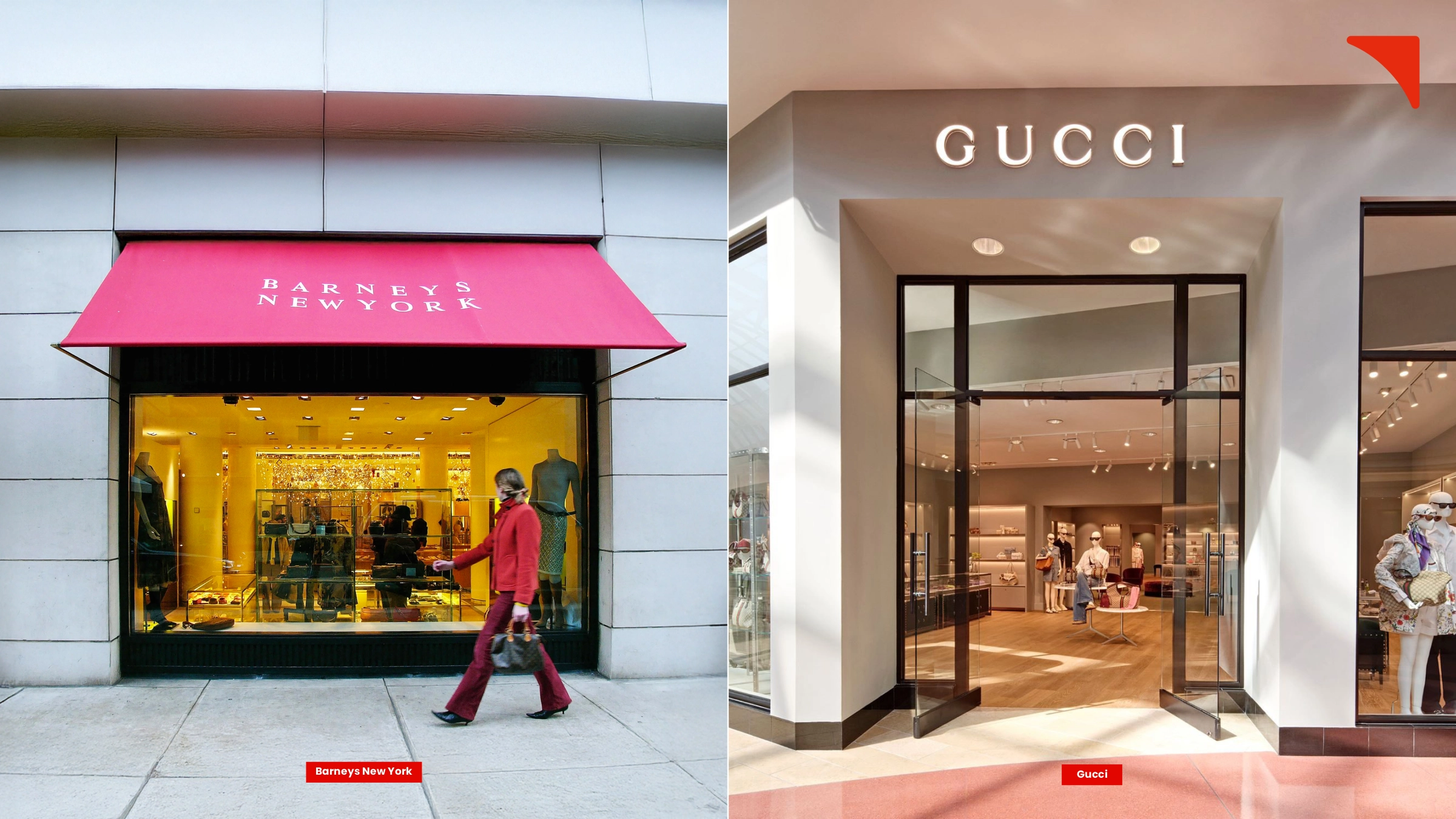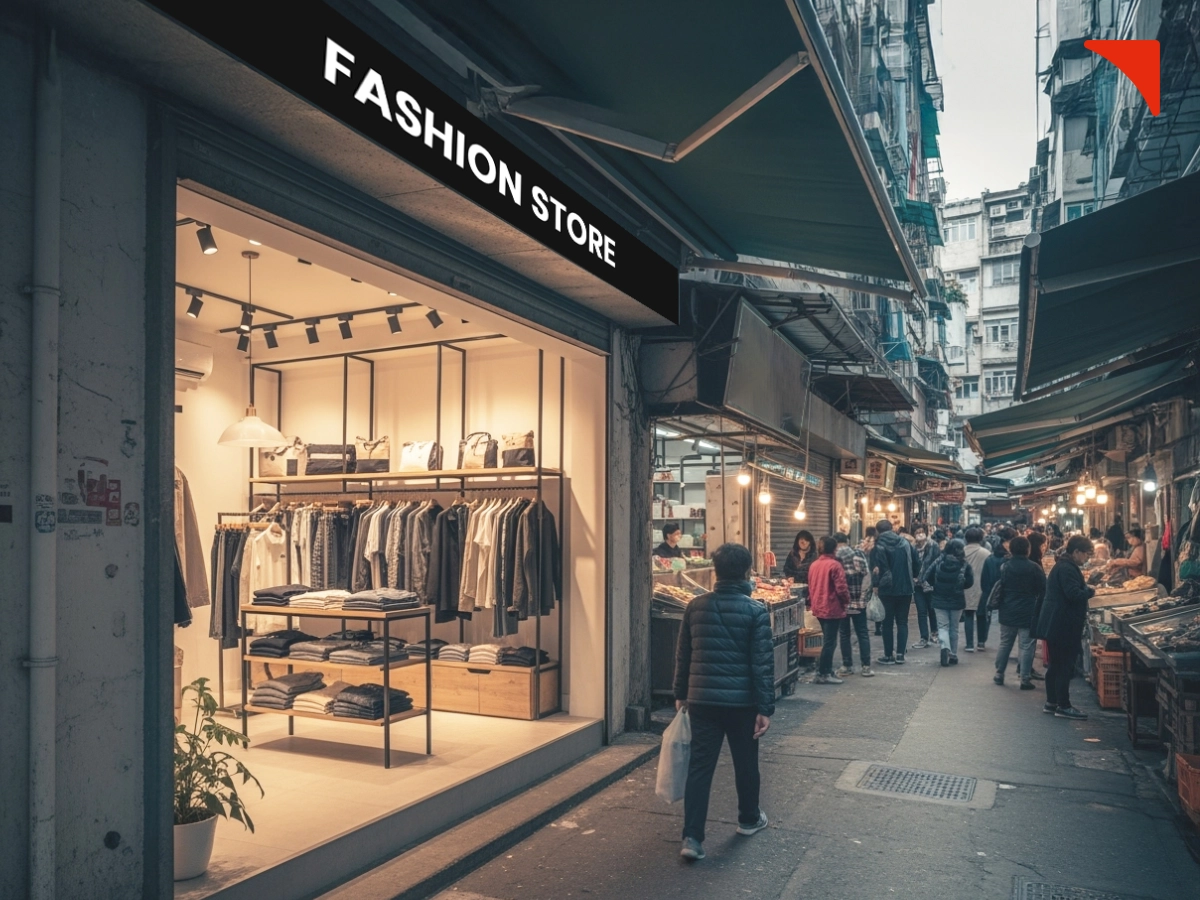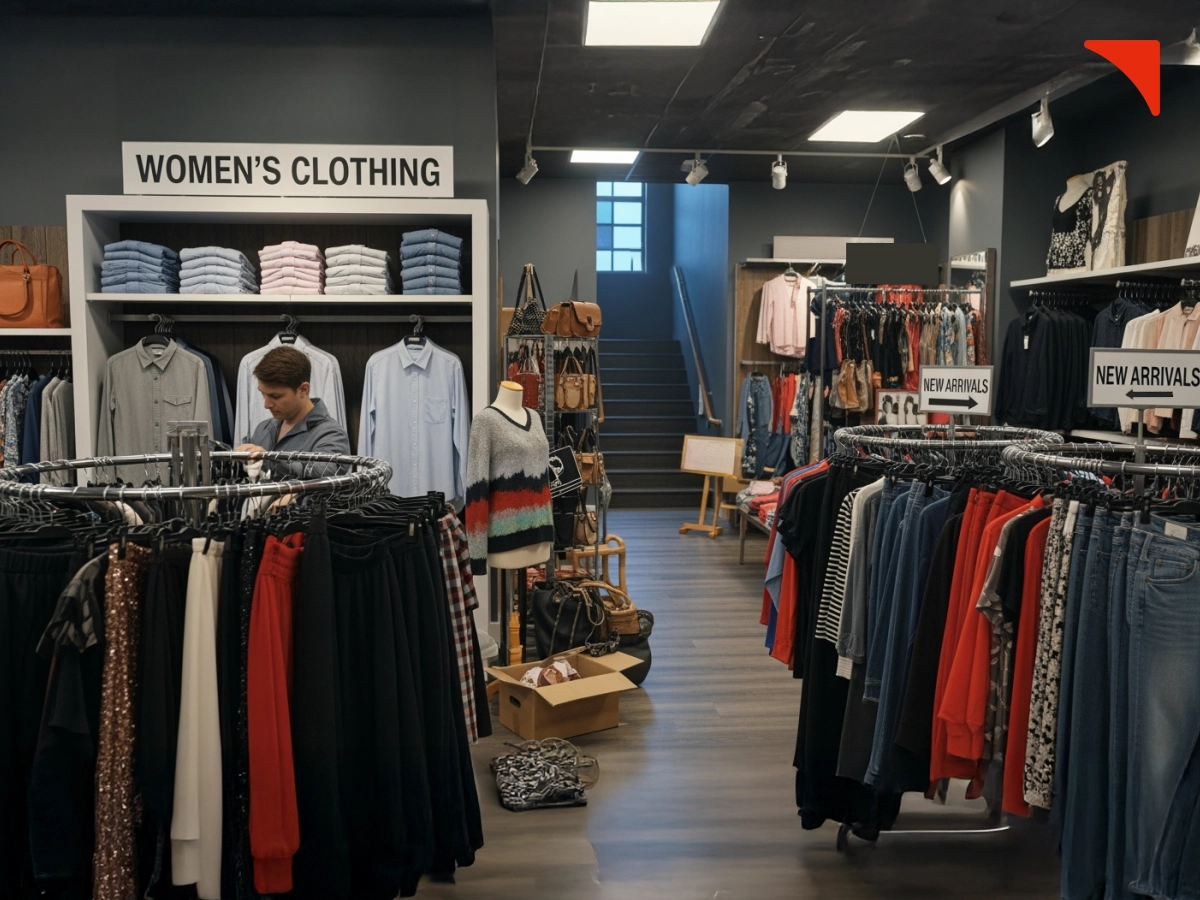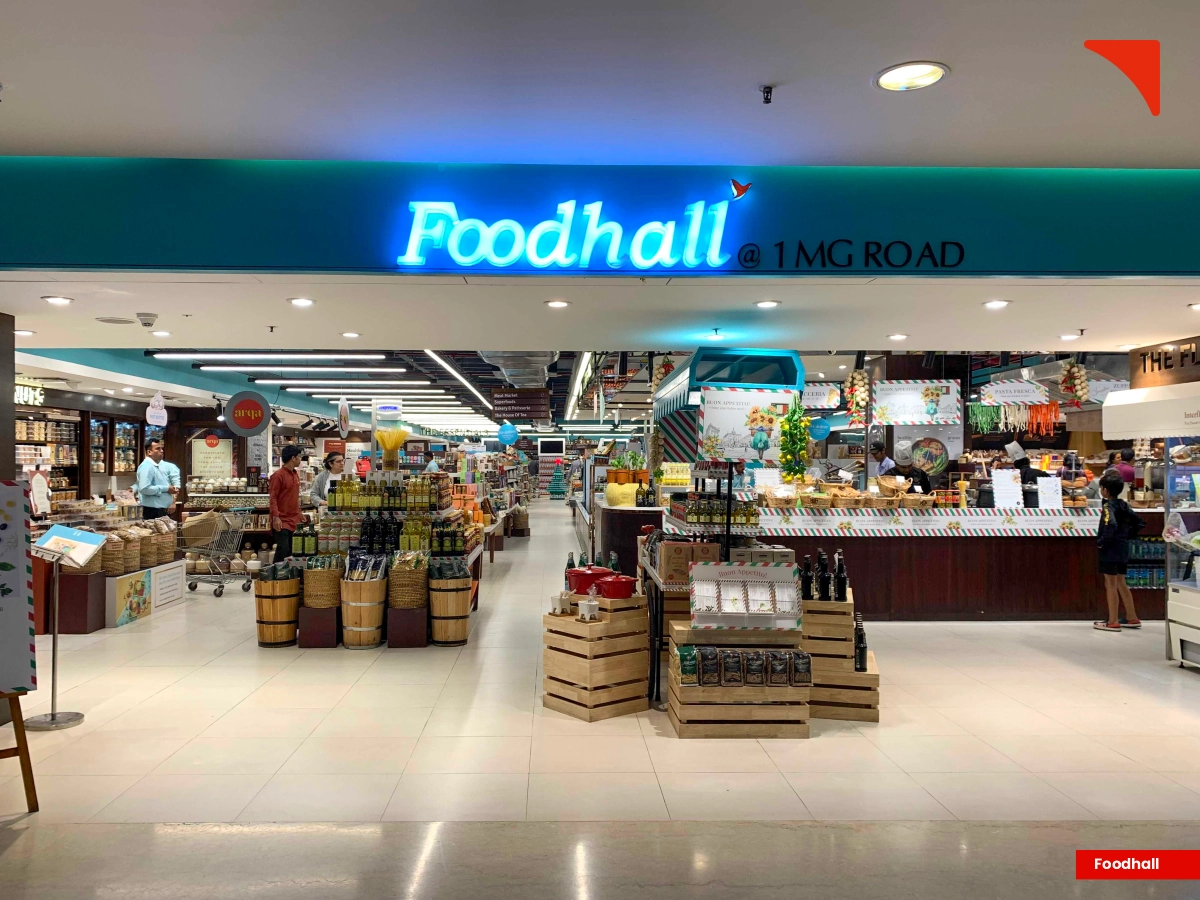WHY SOME RETAIL STORES THRIVE WHILE OTHERS SHUT DOWN WITHIN A YEAR

Did you know that nearly 50% of new retail stores shut down before their first anniversary? The difference between survival and success often has nothing to do with luck—and everything to do with fundamentals.
Retail is undoubtedly one of the most dynamic and rewarding industries. However, we cannot ignore the fact that it is also unforgiving. The first few years of a store’s life are more or less similar to that of walking a tightrope. In fact, a significant percentage of new retail outlets shut down even before celebrating their first anniversary. Well, numerous reasons contribute to this. A few external factors, including economic downturns or sudden shifts in consumer behavior, also play a role. But the concerning reasons are mostly internal, including poor planning, weak execution, and a lack of strategy.
But the main question is: why do some stores continue to thrive and expand while some are not even able to survive for 12 months? The answer to this lies in the fundamentals of retail.
Discovering The Reality of Survival in Retail

Opening a store is easier than keeping it alive. Many entrepreneurs assume that simply having a product and a location is enough to guarantee success. In reality, running a successful store requires a complex balance of planning, store design, customer engagement, and operational discipline.
When stores fail, the reasons are most often not at all surprising. Most of the time, the warning signs are evident from the very beginning: unclear value propositions, weak branding, poor location decisions, ineffective marketing, or inadequate cash flow management.
That is why the most reliable way to understand failure is not to blame external conditions, but to ask the tough questions about internal readiness.
The Harsh Reality: Why Do Many Stores Close Early

Here are the self-explanatory questions that reveal the hidden cracks in many retail businesses. If the answer to any of these is uncertain or negative, the chances of survival drop significantly:
- Did the store begin with a well-defined retail strategy, or was it opened purely out of convenience?
- Has the market positioning been clearly established, or has the store lost among competitors?
- Was the store design developed in a way that enhanced the shopper's experience and sales?
- Was there a structured plan for the execution process, or was it rushed without any alignment or planning?
- Was the retail rollout across multiple locations consistent?
- Does each location and store format feel disconnected?
- Are the branding efforts reflecting a strong and memorable identity or making the brand appear generic?
- Does the retail marketing plan include both online and offline channels, or is it only about one?
- Were the retail fixtures and displays strategically designed/thoughtfully selected to support the shopping journey, or were they chosen just for the store's convenience?
- Is the product assortment curated to match customer demand, or is it random and confusing?
- Does visual merchandising guide buying behavior effectively, or are products just placed without strategy?
- Is the customer experience carefully designed, or does it leave visitors indifferent?
- Are store operations efficient and well-trained, or do inefficiencies drain profitability?
- Can your store(s) quickly adapt to rapidly evolving customer preferences and behavior, or is it still operating in an outdated model?
- Is your retail expansion based on a scalable model, or is your business entering new markets without any strategic preparation?
- Have you planned for sustainable long-term growth, or is your store just chasing short-term survival?
Each of these questions exposes a potential gap that retail service expertise can fill. These questions do not just serve as warnings but also as guiding checkpoints for any retail business owner who is looking forward to the success of their store in the first year and beyond.
What Successful Stores Get Right

While struggling stores stumble over the questions above, thriving ones answer them with clarity. The difference lies not in luck, but in the application of retail fundamentals.
- Clear Value Proposition: Retailers leading successful stores exactly know why they need to differentiate themselves. Hence, to accomplish this, they implement various strategies, including unique products, fair pricing strategies, immersive customer experience, etc.
- Customer-Centric Mindset: Thriving stores are obsessed with their customers. As a result, they strategically design store layouts, train staff, and implement techniques that make their shoppers feel valued.
- Integrated Marketing: Stores that have managed to establish an identity and acquire a position in the competitive market do not wait for their customers to show up. Instead, they combine digital outreach, social media presence, and in-store promotions and actively market their brand.
- Consistency Across Rollouts: For brands with multiple outlets, consistency builds trust. Customers expect the same experience regardless of location.
- Adaptability: Irrespective of whether it is about accepting online payments, offering one-day delivery, or creating omnichannel shopping experiences, successful retail stores ensure that they move with times.
These are not abstract concepts. Instead, they are operational practices that can be embedded from day one with the right planning and professional support.
Case Examples — Failure vs. Success
Case of Success:

Theobroma began as a small family-run bakery in Mumbai but grew in a very different way. The founders focused on popular, repeat-demand products like brownies, cakes, and café items that clicked with urban customers. Each store was designed to give a warm, consistent experience, and the brand expanded slowly but smartly. The look of the stores, product displays, and branding all reinforced its identity, while online delivery added to sales. In just a few years, Theobroma grew to 225+ outlets across 30 cities, showing that when strategy, design, and execution work together, growth can last.
Case of Failure:

Foodhall, a gourmet food retail chain started by the Biyani family in 2011, opened in big Indian cities with a lot of promise. The stores looked beautiful, offering imported products and a premium shopping experience. But the business depended on a very small set of customers and had high costs. Expensive imports, costly rentals, and fewer repeat shoppers made it hard to stay profitable. Since it couldn’t scale or adapt its products to wider markets, cash flow problems grew. By 2023, Foodhall had to shut down all its stores.
Final Words!
The most significant difference between a store that thrives and one that shuts down before 12 months of establishment lies in the question mentioned at the beginning of this insight. For a store to succeed, strategy, design, execution, branding, and adaptability are not optional. Instead, they are essential.
While many businessmen underestimate the complexity of retail, the ones who look for and find the right expertise differentiate themselves from others and prepare for success. Because a well-planned and executed store will not just survive the first year, but it will keep growing, expanding, and creating a lasting impact.
In the end, survival in retail is simple because it is all about clarity, consistency, and customer focus. And, when brands make sure that these three pillars are in their respective places, their stores don’t just open but thrive.